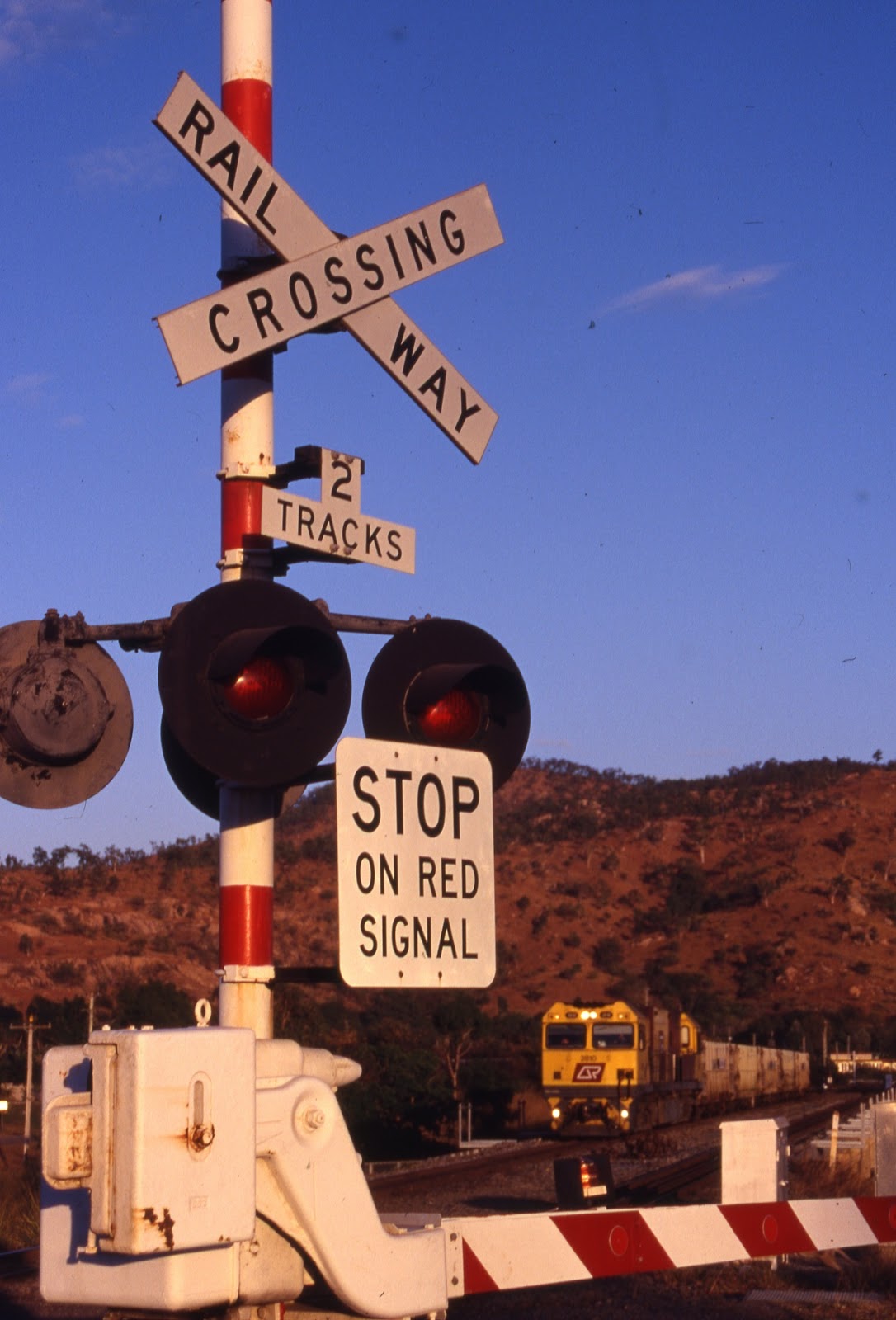Exploring the future of the Australian Rail Industry. Is there life after the resource boom? Is Open Access the best model for rail competition? Can rail compete with road? Let's peer through the looking glass and see.
Saturday, 10 November 2012
Open Access - taking it out of the hands of the policy makers
Open access is a child of the nineties - born out of an era of deep recession, over-regulation and when most state governments were saddled with bloated rail bureaucracies. This was the decade when 'monopoly' became a dirty word in the New Age purity of competition policy. Since then the Australian economy has grown by more than fifty percent - in fact it now has the same cash value as that of the United States in 1970. Those state rail bureaucracies have become publicly listed behemoths that now sit in the ASX's top fifty companies. And yet non-coal rail freight tonnages and modal shares have remained stagnant or have even fallen. Clearly something isn't working, and the biggest problem is open access taking the rail freight pie and slicing it up into ever smaller pieces until individual market share becomes too small to be sustainable. The net result? Open access makes marginal freight-streams unprofitable...even in circumstances where free market forces would indicate an established provider would normally succeed. There are several issues at hand here, all working against rail operators retaining stakes in previous core traffic tasks. Poor corridor management, no sense of ownership and open access charges are certainly some of the biggest bug-bears. So what's the answer? Well, there's no point hoping open access will go away, without major policy changes it's here to stay. But that's not to say it couldn't be made to work better.
Step 1. Take the corridor ownership out of the hands of non-rail operators. Face it, just like toll road owners, government controlled rail providers have no interest in the individual needs or strategies of rail freight operators. They take a one size fits all approach and expect even the primary corridor user to build its growth and marketing around a 21st-century version of the bureaucracy private rail ownership was meant to replace.
Rather than a single government agency controlling the interstate or intrastate rail networks, individual corridors should be sold or leased as franchises to one of the primary corridor users. Yes, in this case I mean QRN, PN, GWA and perhaps SCT. And preferably, one should own the Brisbane to Sydney corridor and the other Sydney to Melbourne so that both have a reason to compete against the other to improve track standards and transit times. Now I know PN has a poor track record in this area and in the past has been all too ready to pass its rail ownership onto government bodies. Whether the current rail based PN management share this 'above rail or bust' mentality created by Toll, I'm not sure, but a lot has changed for PN in the last ten years. If they were obliged to meet the standards QRN has repeatedly shown it can achieve then I'm confident PN won't repeat the mistakes of it previous management in Victoria and Tasmania.
Step 2. Give up on slot pricing and adopt proven asset sharing models. Slots are a sham when it comes to rail being competitive with itself and with other modes. Forcing every train to make enough money to pay for its slot has been a boon for the trucking industry, not rail. Take a drive along Queensland's Bruce Highway and count the number of trucks carrying rail infrastructure that previously would have have been described as 'departmental traffic'. With no cost recovery for a rail 'slot' everything from concrete sleepers, wheelsets, to wagons and locomotives no longer ride the rails, they ride the road. A rail corridor owner-operator would find it easier to move this kind of zero-recovery freight by rail as an 'infrastructure cost' rather than an 'operating loss'.
But that's just one specific example. Taking a look at the bigger picture, open access slot pricing could be replaced with US style trackage rights agreements. Rail is all about volume rather than frequency, so instead of paying for fixed slots, a trackage rights operator could pay for gross tonnes per annum - ending the squeeze on marginal traffic making a fixed profit, and allowing every tonne hauled from intermodal, coal or grain to share the burden instead of one being chosen over the other.
Could it work? Well, traditional open access has had more than ten years to prove itself - and with poor to mixed results. Maybe it's time to try something different. Rail operators need self determination to grow, and the current model makes that impossible.
http://www.calvusadlib.com/
Subscribe to:
Post Comments (Atom)

No comments:
Post a Comment